Redroot Pigweed, a Humble and Underrated Wild Edible
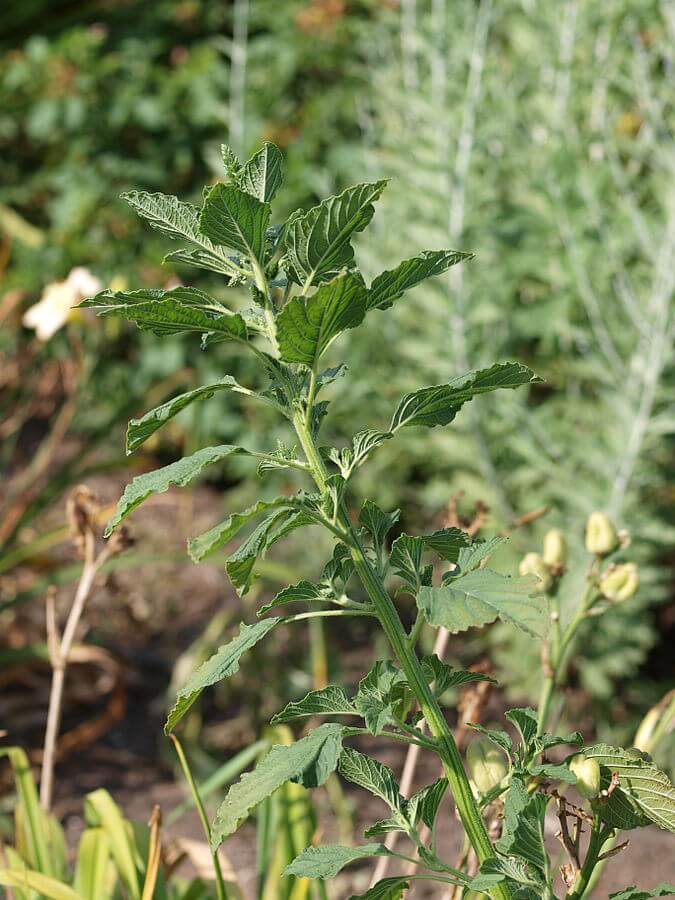
Redroot pigweed (Amaranthus retroflexus), also known as pigweed amaranth, is a common summer annual herb. This plant is native to the tropical Americas, but it has been introduced to also every continent in the world. In the US, this plant is mainly used as livestock fodder, especially for hogs and pigs, hence its name. Other […]
Wild Cucumber, a Hairy and Prickly Gherkin Cucumber
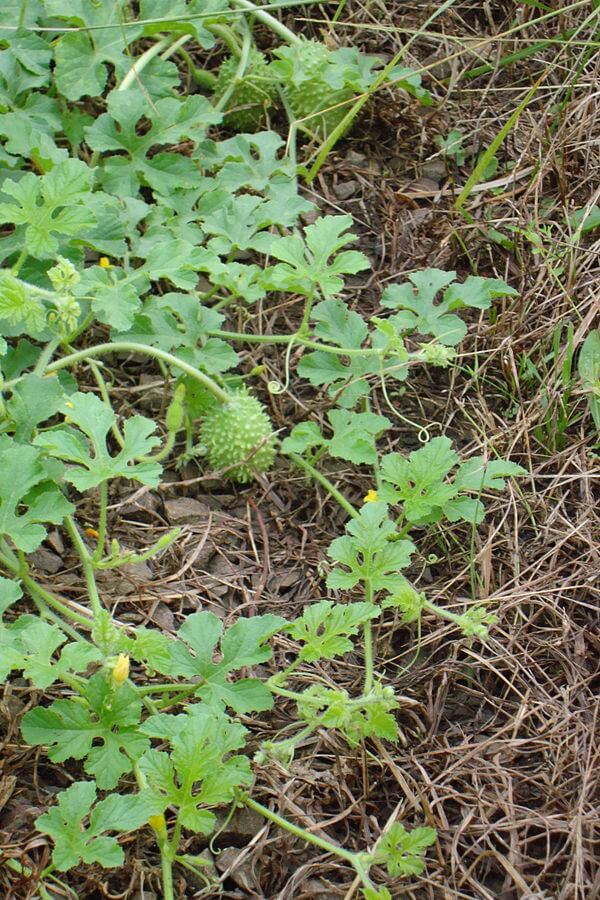
Wild cucumber (Cucumis anguria), or more commonly known as West Indian gherkin, is a vine that belongs to the cucumber family (Cucurbitaceae). This plant is native to Africa but it has naturalized all throughout the globe, including in America. Even though it’s not a garden cucumber (Cucumis sativus), this plant’s small and roundish fruits look […]
Juneberry, Tasty and Nutritious Native Fruits
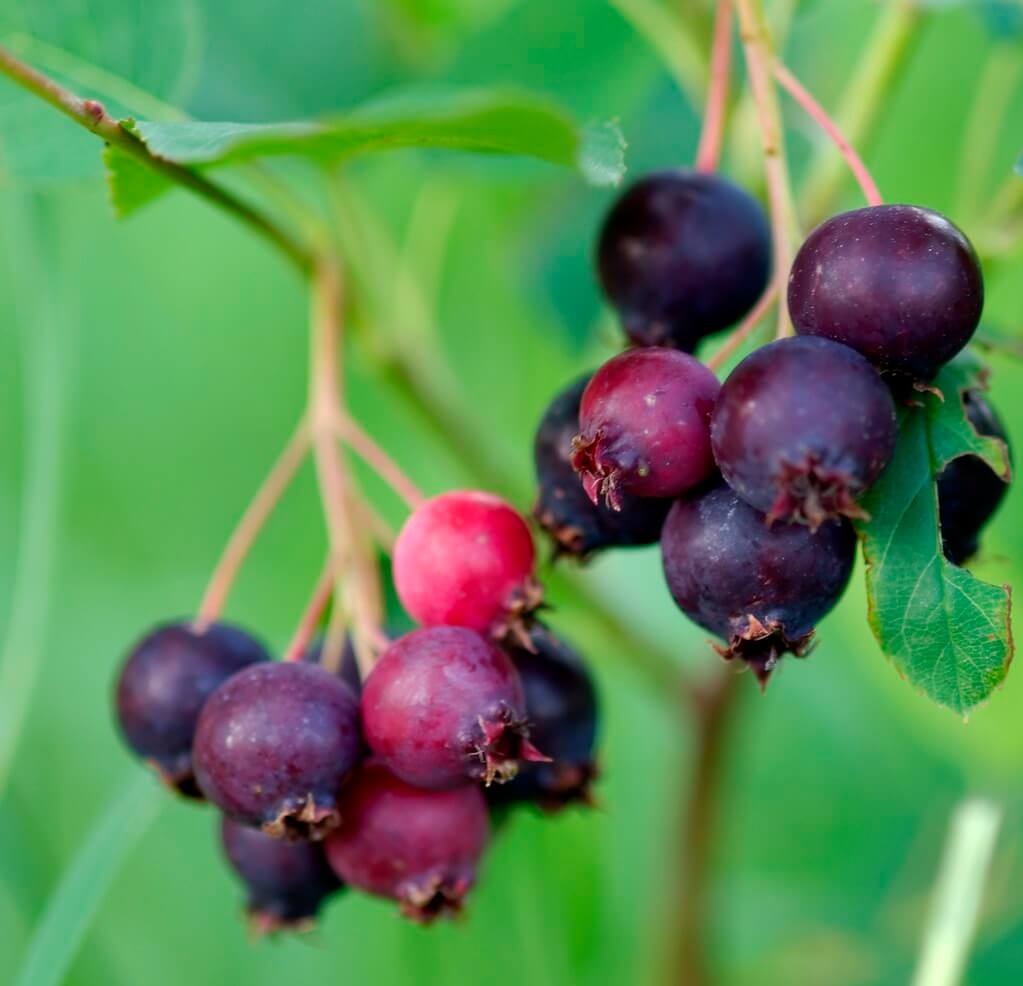
Juneberry (Amelanchier), also known as saskatoon, serviceberry, or wild-plum, is a genus comprised of more than 20 species of deciduous shrubs. It belongs in the Rosacea family, meaning that it’s related to roses. Most juneberry tree species are native to North America. In fact, almost every US state has a native juneberry tree species. These […]
Chickweed, a Delicious and Nutritious Weed

Chickweed is a common winter annual plant that grows all over Asia, Europe, and North America. The name chickweed itself actually doesn’t only apply to one particular plant. There are two species under the name this name, Stellaria media and Cerastium fontanum. The former is considered as the true chickweed while the latter is more […]
Ground Ivy, an Aromatic, Evergreen Wild Edible
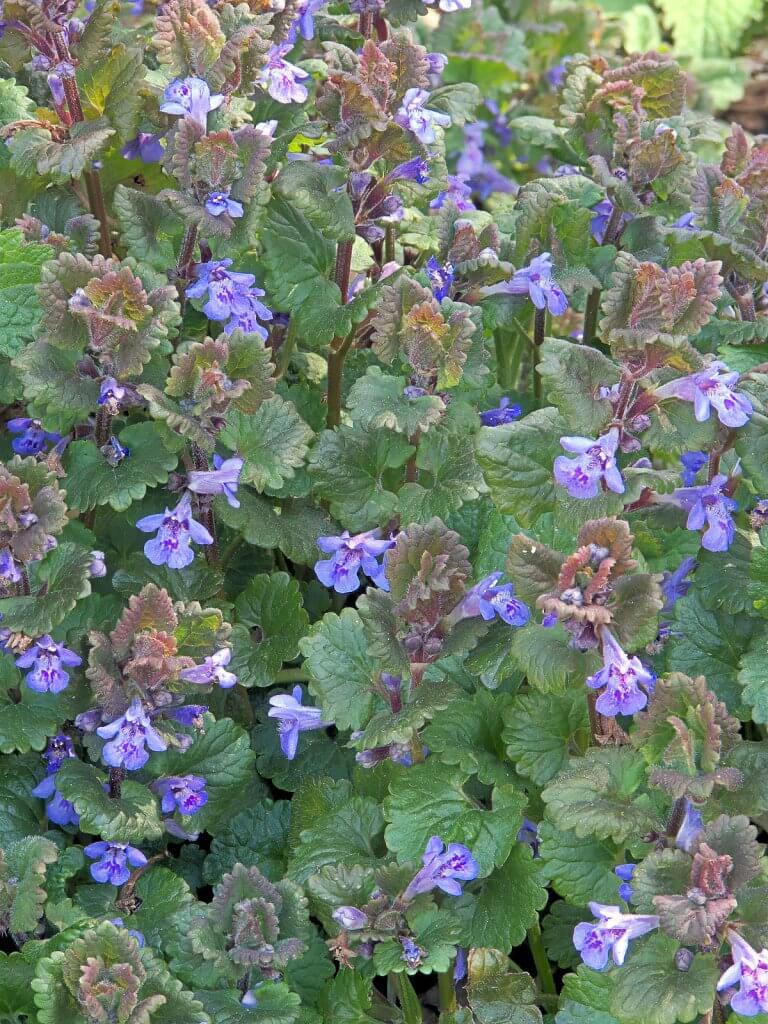
Despite its name, ground ivy (Glechoma Hederacea) is actually not related to the true ivy. Instead, it’s actually a member of the mint family. This aromatic, evergreen plant grows perennially is many parts of the world. Native to Europe and Western Asia, it was carried over to North America by the settlers. In North America, […]
Henbit, The Elegant and Nutritious Wild Edible
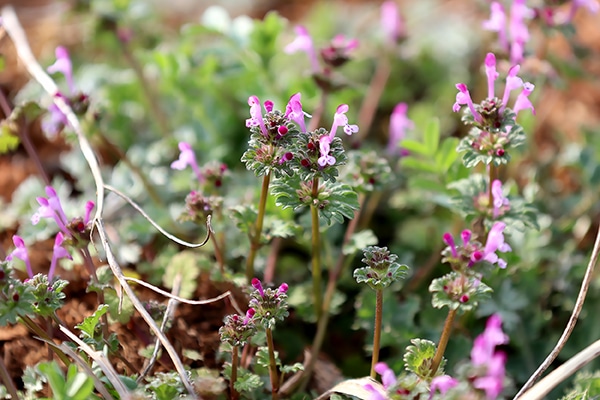
Editor’s note: This article was originally published in September 2019. Updated April 2022. A member of the mint family, henbit (Lamium amplexicaule) is a commonly overlooked plant that’s often labeled simply as a weed. Known also as henbit deadnettle, this springtime plant is actually a very nutritious and abundant wild edible. The bright pink/purple flowers […]
5 Edible Survival Plants Everyone Should Know(Worldwide)

Modern society is built on the backs of tens of thousands of years of human beings surviving off of hunted and foraged food. Identifying and foraging for wild edibles is a skill that almost every human being still has the ability to cultivate. Most of us today don’t have years of experience honing our plant […]
Ramps, a Popular and Versatile Herb
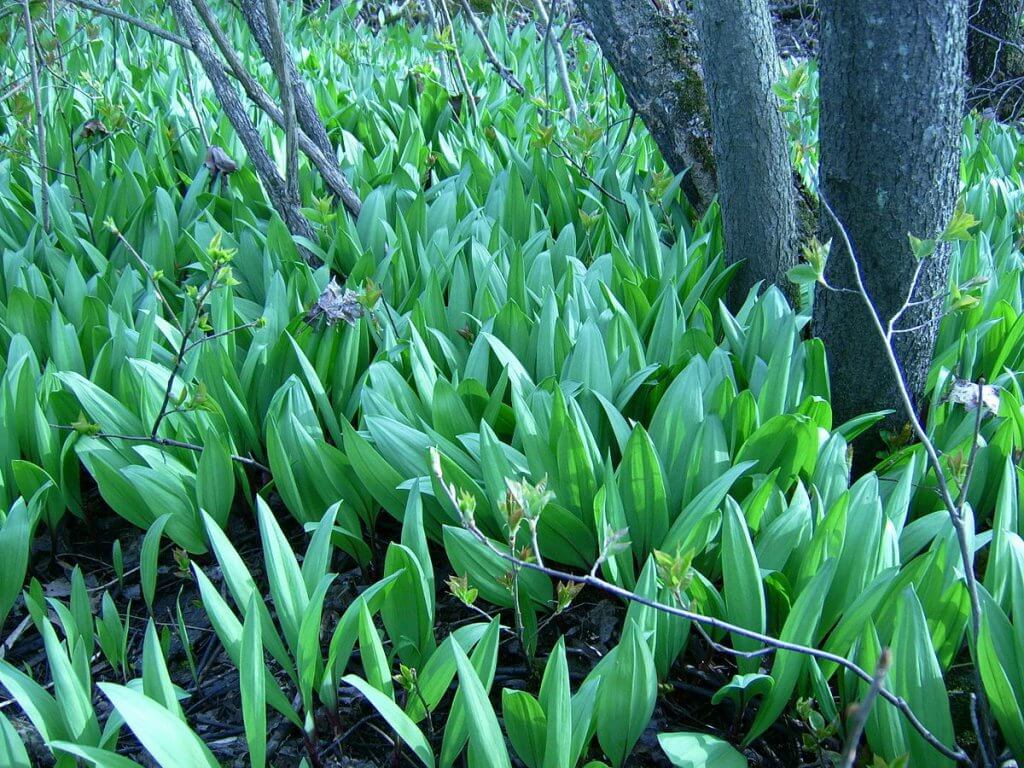
Ramps (Allium tricoccum) are a wild onion species native to North America. While this woodland edible’s bulbs resemble that of a scallion, it has beautiful broad green leaves. It’s one of the earliest wild edibles to emerge in the spring and it’s a wonderful food source all year round. This herb is well-known among foragers […]
Black Medic, an Underrated and Useful Wild Edible

Black medic (Medicago lupulina) is often considered a weed and a mild nuisance in the garden. However, if you see this plant invading your garden, don’t immediately spray it with chemicals! Instead, you should actually be happy. This seemingly annoying weed is actually edible and rich in nutrients. It even has some wonderful medicinal qualities, […]
White Clover, a Sweet and Nutritious Edible Weed

Editor’s note: This article was originally published in May 2019. Updated April 2022. White clover (Trifolium repens) is a low-growing perennial plant that’s native to Europe and Central Asia. It’s one you’re likely very familiar with, as it has been naturalized all over the world as a common lawn plant. Its most distinguishable features […]
Stinging Nettle, an Interesting Herb with Many Virtues
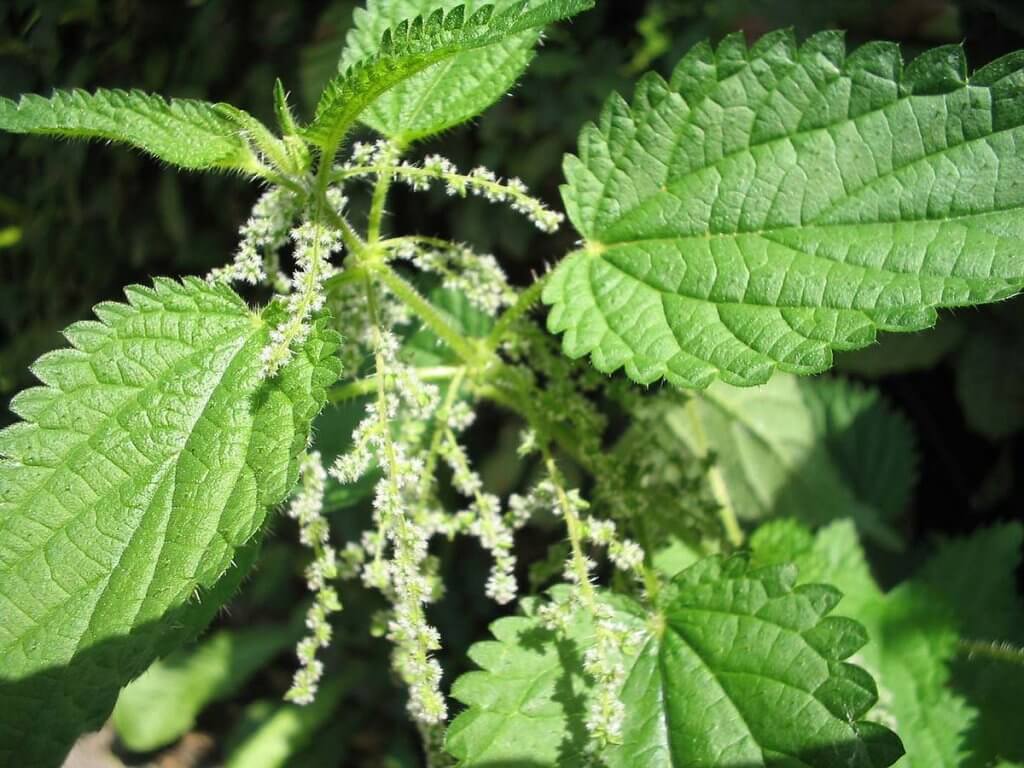
Stinging nettle (Urtica dioica) is usually dismissed as a harmful weed due to its stinging hair. But in reality, this plant is actually one of the most beneficial and nutritious wild edibles out there. In some cultures, stinging nettle has even been used as a traditional medicine and food source since ancient times. This vitamin-rich […]
Rosemary, a Prized Culinary and Medicinal Herb
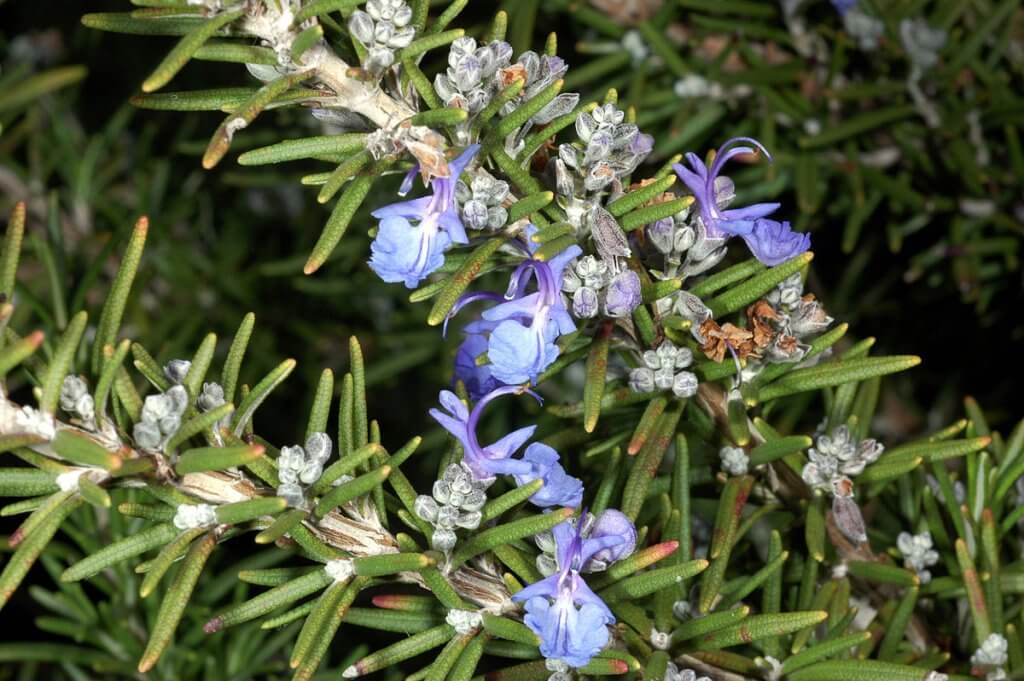
Rosemary (Rosmarinus officinalis) is a perennial herb which belongs to the mint family. Most people recognize rosemary as a famous culinary herb. Additionally, it also has some medicinal uses in addition to its various culinary uses. Rosemary is native to the Mediterranean region and some parts of Asia. However, due to its popularity, this herb […]
American Witch Hazel, an Underrated Herbal Remedy
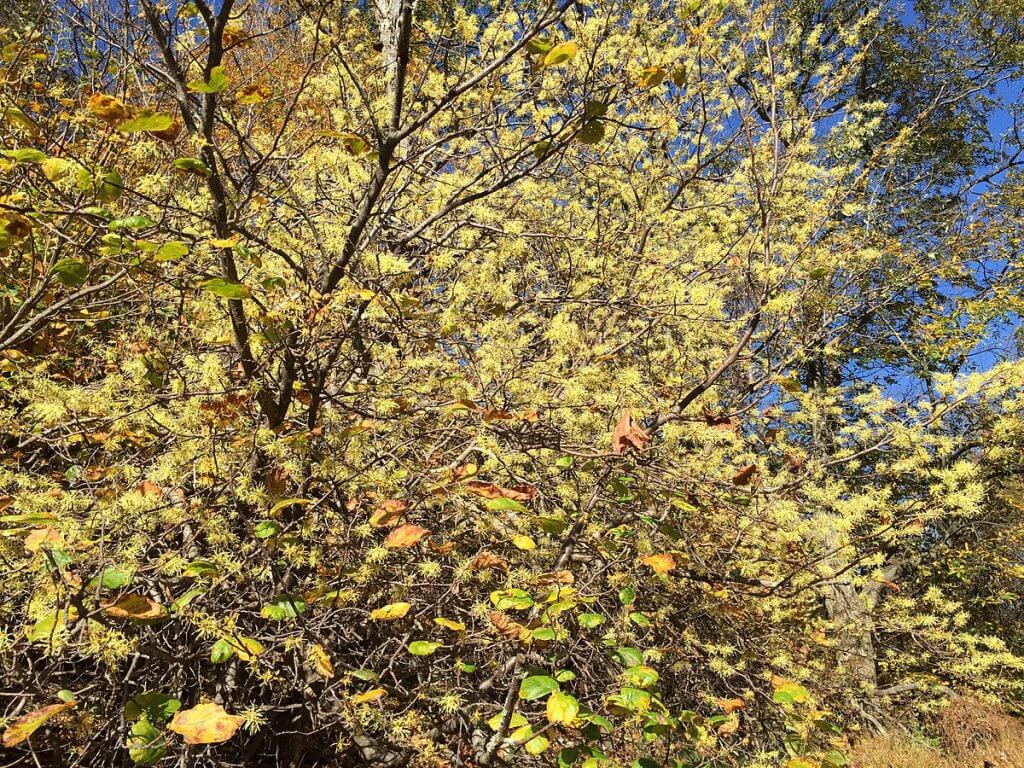
Despite being useful, the American witch hazel (Hamamelis virginiana) is a very underrated plant. This flowering plant can be found growing across North America. Additionally, it’s been used to make a homeopathic remedy for skin problems and inflammations for centuries. Various Uses Witch hazel leaves, bark, and twigs are boiled and distilled to make medicine. […]
Lemon Balm, the Refreshing and Fragrant Herb
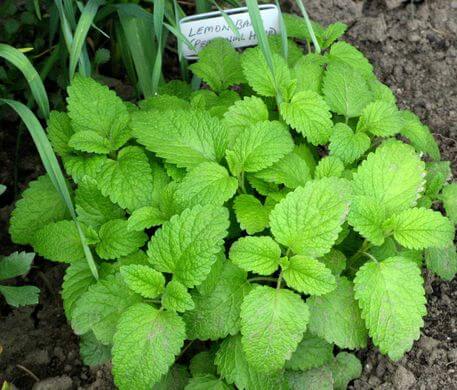
Lemon balm (Melissa officinalis) is a perennial herb from the mint family. It’s native to the Mediterranean region and Central Asia, but it has been also naturalized in Europe, Asia, and America. The most distinctive feature of lemon balm is its refreshing fragrance that’s a mixture of citronella and mint. This plant typically grows up […]
Comfrey, Slightly Toxic but Holds So Many Health Benefits
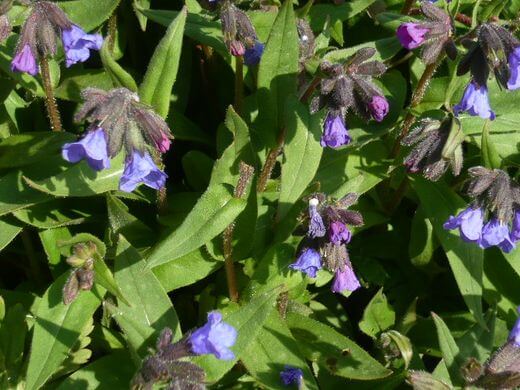
With high nutrition contents, the common comfrey (Symphytum officinale) is very popular among herbalists. This herb has exceptional medicinal properties. There’s a catch, though. This herb is slightly toxic. But its health benefits greatly outweigh its drawbacks. This plant is part of the borage family and it’s native to Europe. Comfrey grows in other places […]
Chervil, a Delicate and Versatile Spring Herb
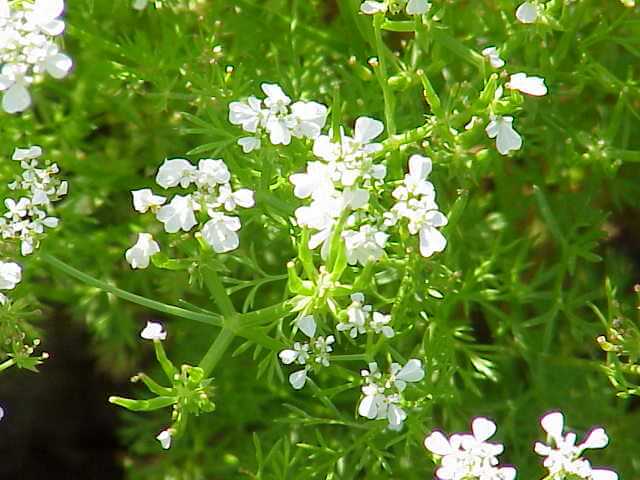
Sometimes also called French parsley, chervil (Anthriscus cerefolium) is a mild herb that plays an important role in French and Mediterranean cuisines. This annual plant is native to Europe. This herb is closely related to parsley and the two herbs look very similar. But, chervil leaves tend to be smaller, frillier, and paler in color […]
Cottonwood Buds are Medicinal, Leaves are Edible

Cottonwood Tree The eastern cottonwood tree (Populous deltoides) is a native North American tree that is common in eastern and central United States as well as southern Canada. Many people recognize this tree from the cottony substance that falls from the trees in early summer. This “cotton” acts as a sail to move the seeds as far […]
Pickled Pawpaws
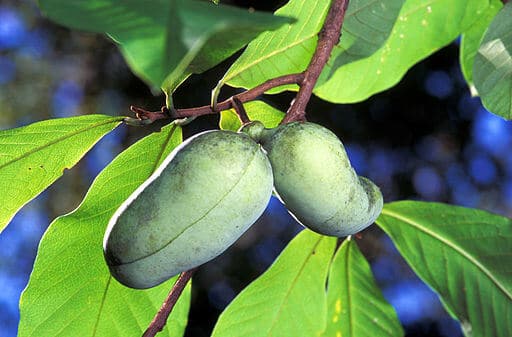
Pickled Pawpaws Pawpaw fruits are fruits from the pawpaw tree (Asimina triloba). The Pawpaw tree is a very unique U.S. native fruit tree. It is very unique because all of its closest relatives are tropical fruit tree species. This tree has evolved to handle cold weather and has brought its tropical flavor with it. Pickled […]
Pawpaw Fruits, A Tropical Fruit in Temperate Climates

Pawpaw trees Pawpaw trees(Asimina triloba) are unique because most of their closest relatives are tropical species, but these trees are not. Pawpaw trees are native to temperate climates of eastern and central United States and southern Canada. This USDA map shows their range in the U.S. and Canada. Pawpaw trees are in the same plant family as tropical […]
3 of The Best Free Android Apps for Wild edibles and Foraging

There are a few free android apps in Google Play Store that focus on teaching you to find, identify, or prepare wild edibles. Below are 3 of the best apps for learning about wild edibles and foraging. I will explain the differences and What you should expect from each one. Wild Edibles Lite By WinterRoot LLC and Wildman Steve […]
